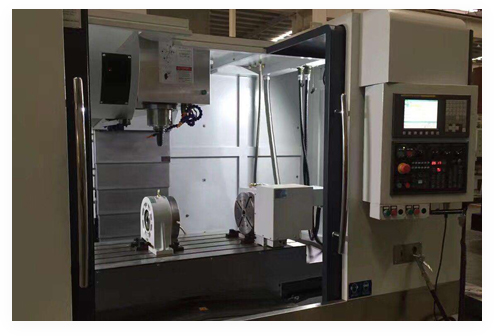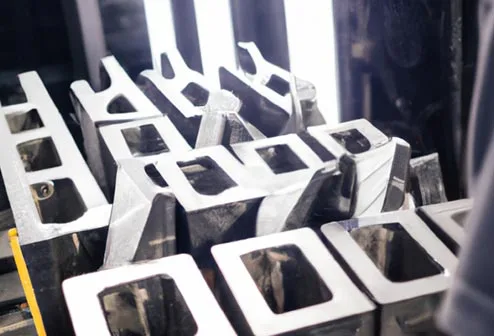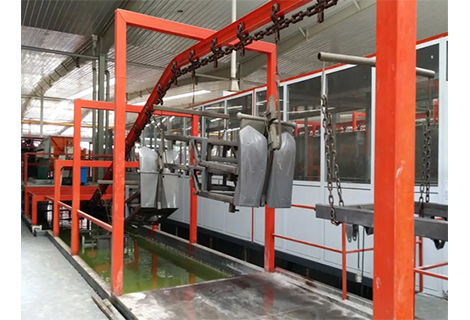Corrosion-resistant alloys are metallic materials that have the ability to resist media attack, and they are widely used in a variety of industries, especially in chemical processing, energy, marine, and aerospace, to provide reliable performance and safety. There are many types of corrosion-resistant alloys, which can be categorized into three main groups, such as iron-based alloys, nickel-based alloys, and reactive metals, depending on their base metals.
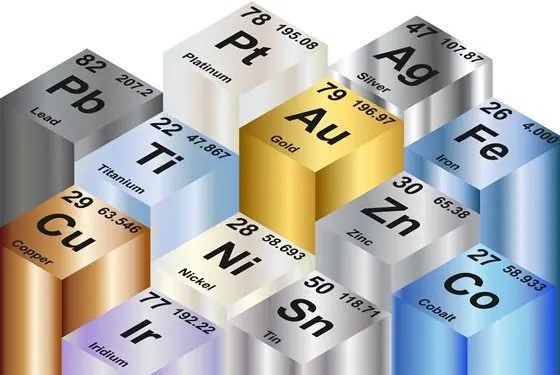
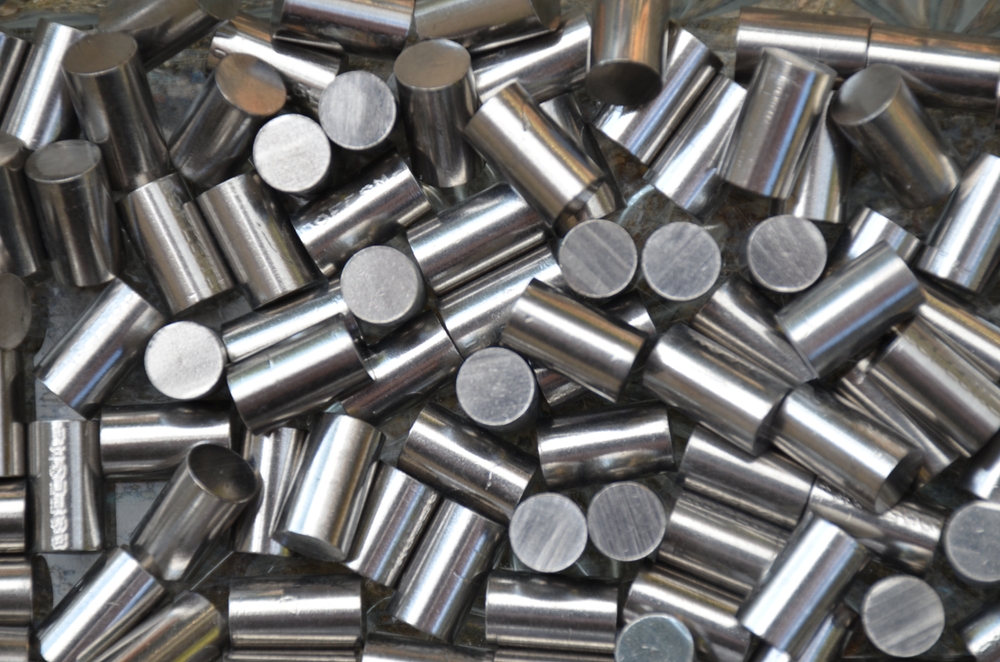
Iron-based alloys are alloys formed by adding other elements (such as carbon, silicon, manganese, phosphorus, sulfur, chromium, nickel, molybdenum, etc.) with iron as the base metal. There are many types of iron-based alloys, which can be categorized into ferrite, pearlite and austenitic alloys according to their carbon content. The properties of iron-based alloys depend mainly on their composition, structure and heat treatment state, and generally have the following characteristics:
- Ferritic alloys are iron-based alloys with a carbon content of less than 0.008%, mainly pure iron, low carbon steel and cast iron. The characteristics of ferritic alloys are low strength, good toughness, high ductility, strong magnetism, low resistance, poor corrosion resistance. Ferrite alloys are mainly used in the manufacture of electromagnetic devices, welding rods, steel wires, nails and so on.
- Pearlite alloy refers to the carbon content of 0.008% to 2.11% between the iron-based alloys, mainly medium-carbon steel, high-carbon steel and pearlite cast iron. The characteristics of pearlite alloy are high strength, hardness, medium toughness, poor ductility, weak magnetism, high resistance, general corrosion resistance. Pearlite alloys are mainly used in the manufacture of cutting tools, springs, bearings, gears, etc.
Austenitic alloy refers to the carbon content of more than 2.11% or the addition of other elements (such as nickel, manganese, chromium, etc.) so that the iron-based alloys show face-centered cubic structure of the alloy, mainly stainless steel, heat-resistant steel and austenitic cast iron and so on. Austenitic alloys are characterized by high strength, hardness, good toughness, high ductility, weak or no magnetism, high resistance, good corrosion resistance. Austenitic alloys are mainly used in the manufacture of chemical equipment, boilers, turbines, aircraft engines and so on.
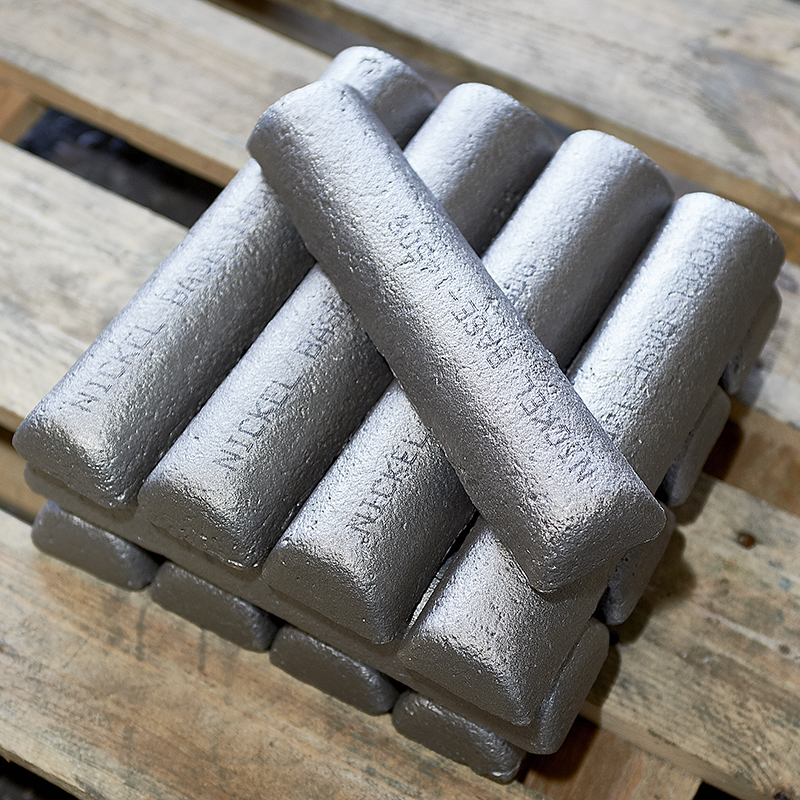
Nickel-based alloys are alloys with nickel as the main component, the most representative of which is Hastelloy. Hastelloys are nickel alloys that contain significant amounts of chromium, molybdenum, and iron, and they have excellent corrosion resistance and high-temperature performance, resisting a wide range of strong oxidizing, reducing, and mixed acids and halogens in corrosive environments. Hastelloy can also be divided into Hastelloy B series, Hastelloy C series, Hastelloy G series and so on according to its chemical composition and different uses. The application areas of Hastelloy include petrochemical, electric power, paper making, medicine, metallurgy and so on.
Reactive metals are metals that are ranked in front of hydrogen in the order of activity of metals, and they have a strong ability to react with substances such as water, acid or oxygen, and are able to displace hydrogen or form oxides. There are many types of reactive metals, and according to the strength of their activity, they can be categorized into highly reactive, moderately reactive, and lowly reactive metals. The properties of reactive metals depend mainly on their atomic structure and electron affinity energy, and generally have the following characteristics:
- Highly active metals are those that rank in front of magnesium in the order of activity table of metals, mainly alkali metals (lithium, sodium, potassium, rubidium, cesium) and alkaline earth metals (beryllium, magnesium, calcium, strontium, barium). Highly reactive metals are characterized by low density, low hardness, low melting point, low electronegativity, low electron affinity energy, strong oxidizing properties, weak reducing properties, and susceptibility to oxidation or hydration. Highly reactive metals are mainly used in the manufacture of synthetic rubber, fertilizers, gunpowder, batteries, etc.
- Medium-active metals are those that rank between aluminum and lead in the order of activity table of metals, mainly aluminum, zinc, iron, tin and so on. The properties of medium-active metals are medium density, medium hardness, medium melting point, medium electronegativity, medium electron affinity, medium oxidizing property, medium reducing property, and not easily oxidized or hydrated. Medium active metals are mainly used in the manufacture of metallic materials, alloys, electroplating, catalysts, etc.
- Low-activity metals are metals that rank behind copper in the order of activity of metals, mainly copper, mercury, silver, platinum, gold and so on. The characteristics of low-activity metals are high density, high hardness, high melting point, high electronegativity, high electron affinity energy, weak oxidizing property, strong reducing property, and not easy to be oxidized or hydrated. Low-activity metals are mainly used in the manufacture of metallic materials, alloys, coins, jewelry, contacts, and catalysts.
The selection and application of corrosion-resistant alloys need to be considered according to the shape, size, material, precision, quantity, corrosive environment and other factors of the workpiece in order to achieve the best results and economy. The development and research of corrosion resistant alloys is a comprehensive technology that requires continuous learning and innovation to meet the ever-changing industrial needs and challenges.
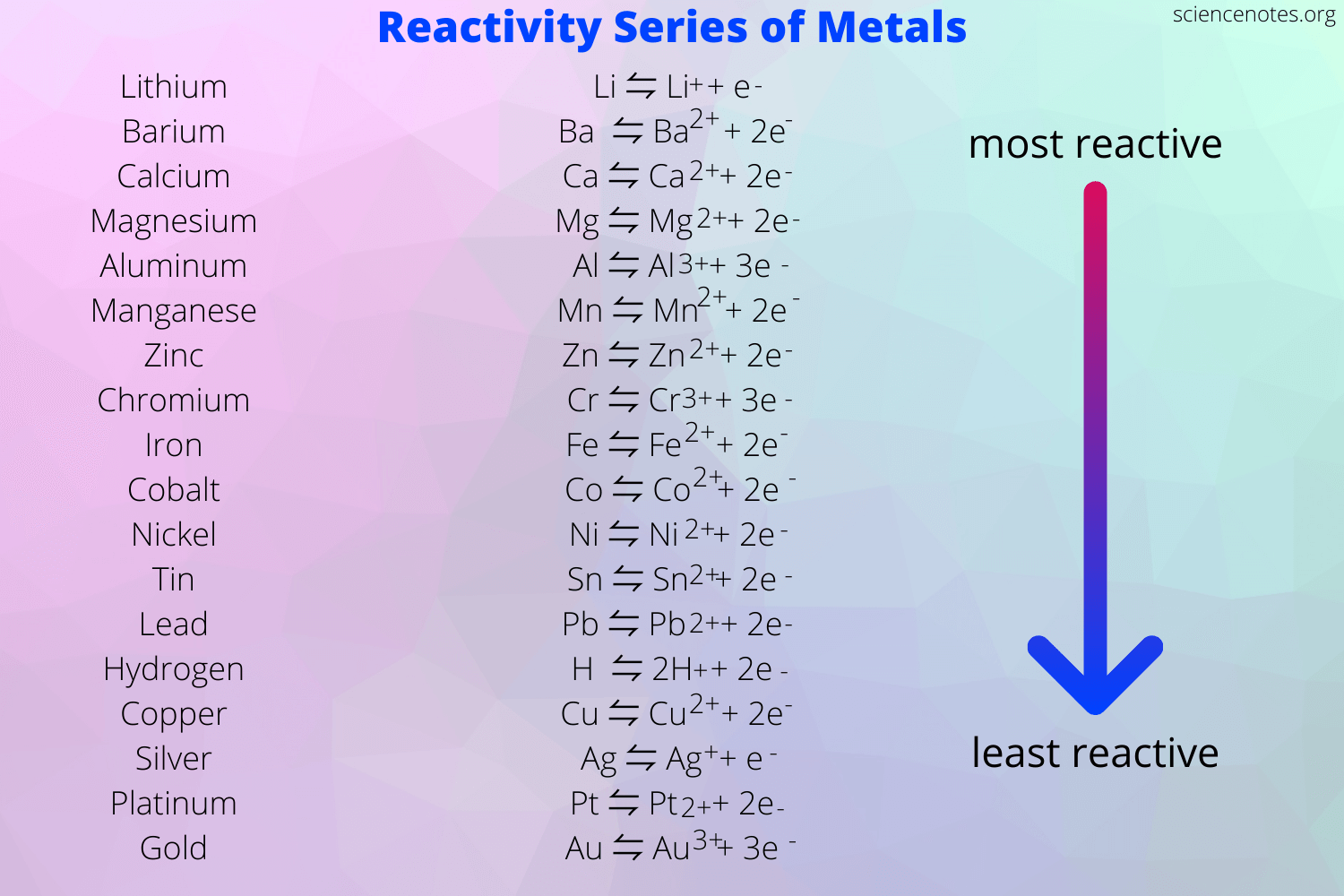
If you are looking for a professional corrosion resistant alloy machining company, then Richconn is your best choice.Richconn is a corrosion resistant alloy precision machining company with many years of experience and technology, which is able to provide you with high-quality machining services for all kinds of corrosion resistant alloys such as iron-based alloys, nickel-base alloys, reactive metals and so on. Our machining equipment is advanced, our machining process is exquisite, our machining quality is reliable, our machining efficiency is high, and our machining price is reasonable.Richconn has a wide range of customized design and CNC machining services to meet your various specifications and requirements. Our machined products have excellent corrosion resistance and mechanical properties, and can be used in a variety of corrosive environments and industries, such as chemical processing, energy, marine, and aerospace.
Richconn looks forward to working with you to provide you with the highest quality corrosion resistant alloy machining solutions.
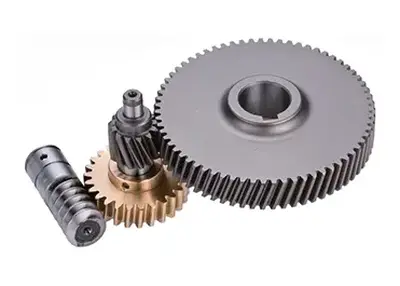 Unveiling the Precision World of Machined Gears: A Richconn PerspectiveNovember 10, 2023In the intricate tapestry of mechanical engineering, machined gears stand as the unsung heroes, translating rotational motion with unparalleled precision. These gears are meticulously crafted to meet the demanding requirements of various industries, ensuring seamless operation in complex machinery.view
Unveiling the Precision World of Machined Gears: A Richconn PerspectiveNovember 10, 2023In the intricate tapestry of mechanical engineering, machined gears stand as the unsung heroes, translating rotational motion with unparalleled precision. These gears are meticulously crafted to meet the demanding requirements of various industries, ensuring seamless operation in complex machinery.view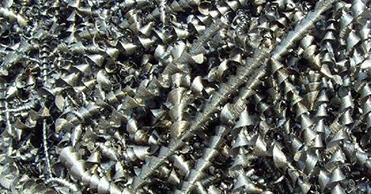 Chip Types Of Automatic Gear Production Line And Application Scope Of Chip Treatment SystemApril 12, 2022This paper studies the characteristics of different kinds of chips produced in the process of gear machining and gives the corresponding treatment scheme, which provides technical support for the auto...view
Chip Types Of Automatic Gear Production Line And Application Scope Of Chip Treatment SystemApril 12, 2022This paper studies the characteristics of different kinds of chips produced in the process of gear machining and gives the corresponding treatment scheme, which provides technical support for the auto...view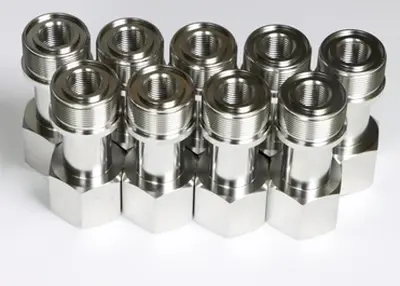 What Is Titanium? (Definition and Guide)February 26, 2024How to choose titanium for your project? Familiarize yourself with the various titanium grades and learn how to choose the most suitable grade for your needs.view
What Is Titanium? (Definition and Guide)February 26, 2024How to choose titanium for your project? Familiarize yourself with the various titanium grades and learn how to choose the most suitable grade for your needs.view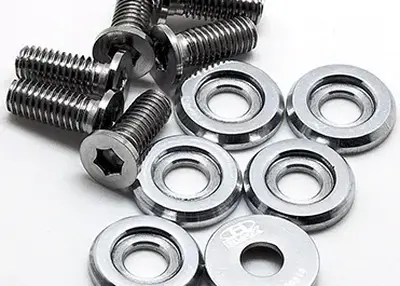 Machined Washers: Everything You Need to Know About CNC-Engineered FastenersNovember 8, 2023Welcome to the world of machined washers! If you're reading this, you're about to embark on a journey to discover the fundamental building blocks of precision engineering. Whether you're an engineer, a DIY enthusiast, or a professional seeking the perfect fastener for your project, this comprehensive guide will equip you with the knowledge to make informed decisions and take your projects to the next level.view
Machined Washers: Everything You Need to Know About CNC-Engineered FastenersNovember 8, 2023Welcome to the world of machined washers! If you're reading this, you're about to embark on a journey to discover the fundamental building blocks of precision engineering. Whether you're an engineer, a DIY enthusiast, or a professional seeking the perfect fastener for your project, this comprehensive guide will equip you with the knowledge to make informed decisions and take your projects to the next level.view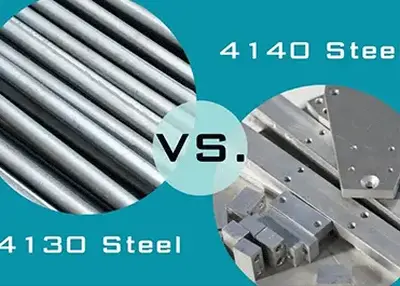 4140 vs 4130 Steel: A Comparison of Two Common Alloy SteelsNovember 27, 2023Steel is one of the most widely used materials in various industries, such as construction, automotive, aerospace, and manufacturing. Steel has many types and grades, each with different chemical compositions and mechanical properties.view
4140 vs 4130 Steel: A Comparison of Two Common Alloy SteelsNovember 27, 2023Steel is one of the most widely used materials in various industries, such as construction, automotive, aerospace, and manufacturing. Steel has many types and grades, each with different chemical compositions and mechanical properties.view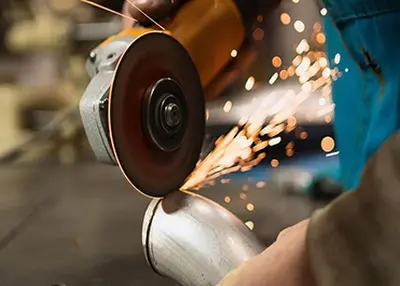 A Look Into Plasma Cutting: How Does a Plasma Cutter Work?December 1, 2023It is an expert guide to plasma cutting. Keep reading and you get the answer to “how do plasma cutters work?”A Look Into Plasma Cutting: How Does a Plasma Cutter Work?Plasma cutting is a highly eff...view
A Look Into Plasma Cutting: How Does a Plasma Cutter Work?December 1, 2023It is an expert guide to plasma cutting. Keep reading and you get the answer to “how do plasma cutters work?”A Look Into Plasma Cutting: How Does a Plasma Cutter Work?Plasma cutting is a highly eff...view
 EN
EN
 ru
ru 
